ABOUT CÓRTEX FRONTAL
Córtex Frontal is a multidisciplinary cultural project established in 2016 by the Cultural Association Córtexcult, located in Arraiolos, Alentejo, Portugal.
We organize artist residencies, workshops, and exhibitions across disciplines including Visual Arts, Performative Arts, Literature, and Music. Our mission is to promote and develop cultural projects while fostering a dialogue between artists from diverse fields, the local community, and the surrounding region.
Córtex Frontal is a member of the Portuguese Contemporary Art Networks (RPAC).
FOUNDERS
Mercedes Vidal-Abarca
(Vitoria, Spain) After living and studying in several countries since the age of 18, she settled in Portugal in 2008, where she pursued Fine Arts studies at SBA and Arco.
The vision of creating a multidisciplinary cultural association dedicated to the arts emerged in 2014 and became a reality in 2015 under her direction. Her work focuses on fostering relationships between artistic projects, institutions, cultural agents, and the local community. Thanks to strategic partnerships, these connections have grown stronger year after year.
Nuno Félix da Costa
Born in Lisbon. Psychiatrist and professor at the Faculty of Medicine of the University of Lisbon. He has exhibited painting and photography since 1983 (Galeria Módulo, Lisbon) and has published poetry (na & Etc, 1993) and literary essays. Since 2015 he co-directs the Cortex Frontal project.
www.nunofelixdacosta.com
ARRAIOLOS
Arraiolos is a peaceful white-and-blue town in the heart of Alentejo, Portugal. Located 120 km from Lisbon and 20 km from Évora, it is surrounded by plains, oak groves, and olive tree forests.
The town is best known for its circular castle and its renowned hand-embroidered wool rugs and carpets, a craft that dates back to the Middle Ages.
As the administrative center of a larger council with a population of 7,800, Arraiolos offers a range of amenities, including restaurants, pharmacies, a public pool, a library, and more—making life for artists in residence both easy and convenient.
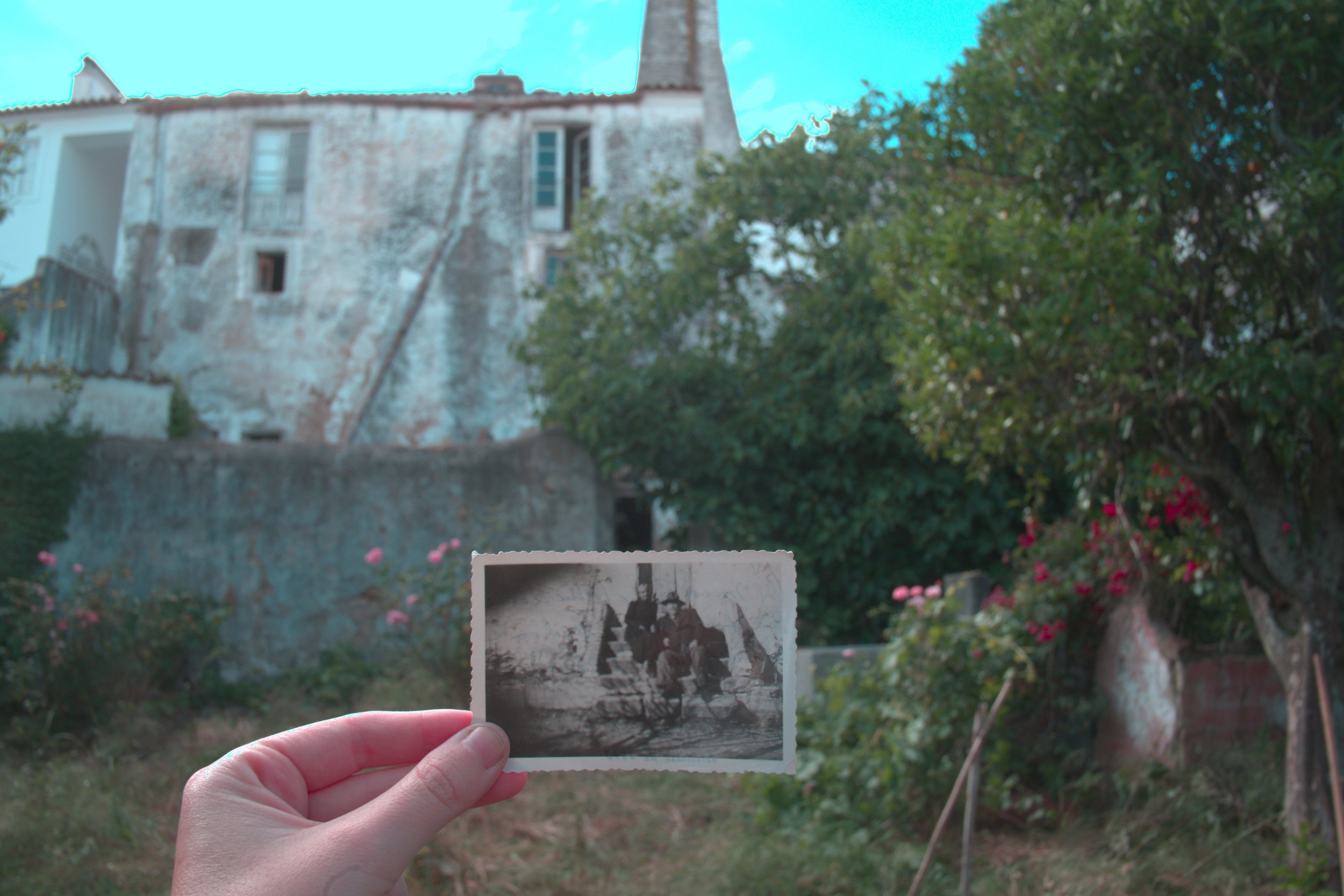
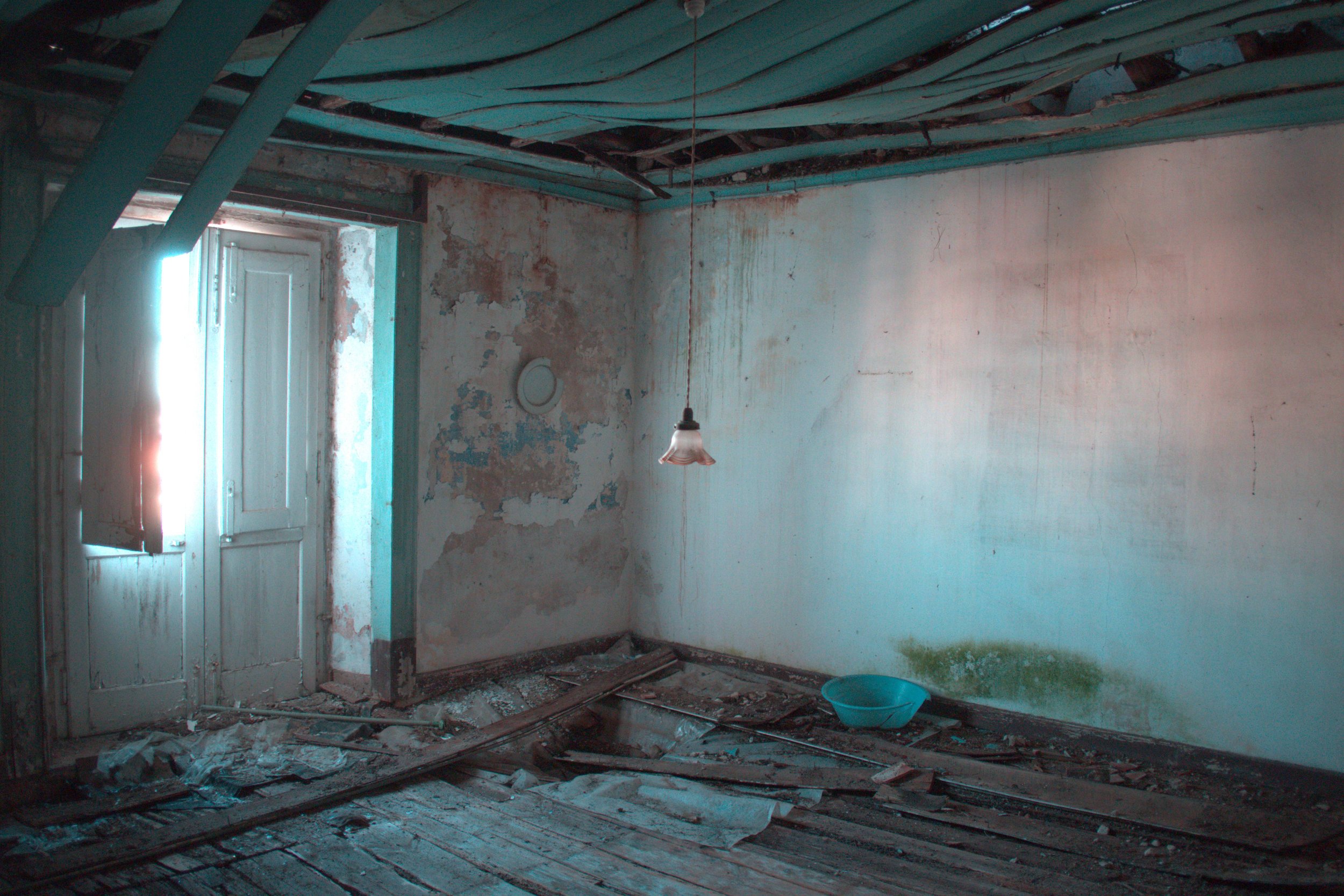
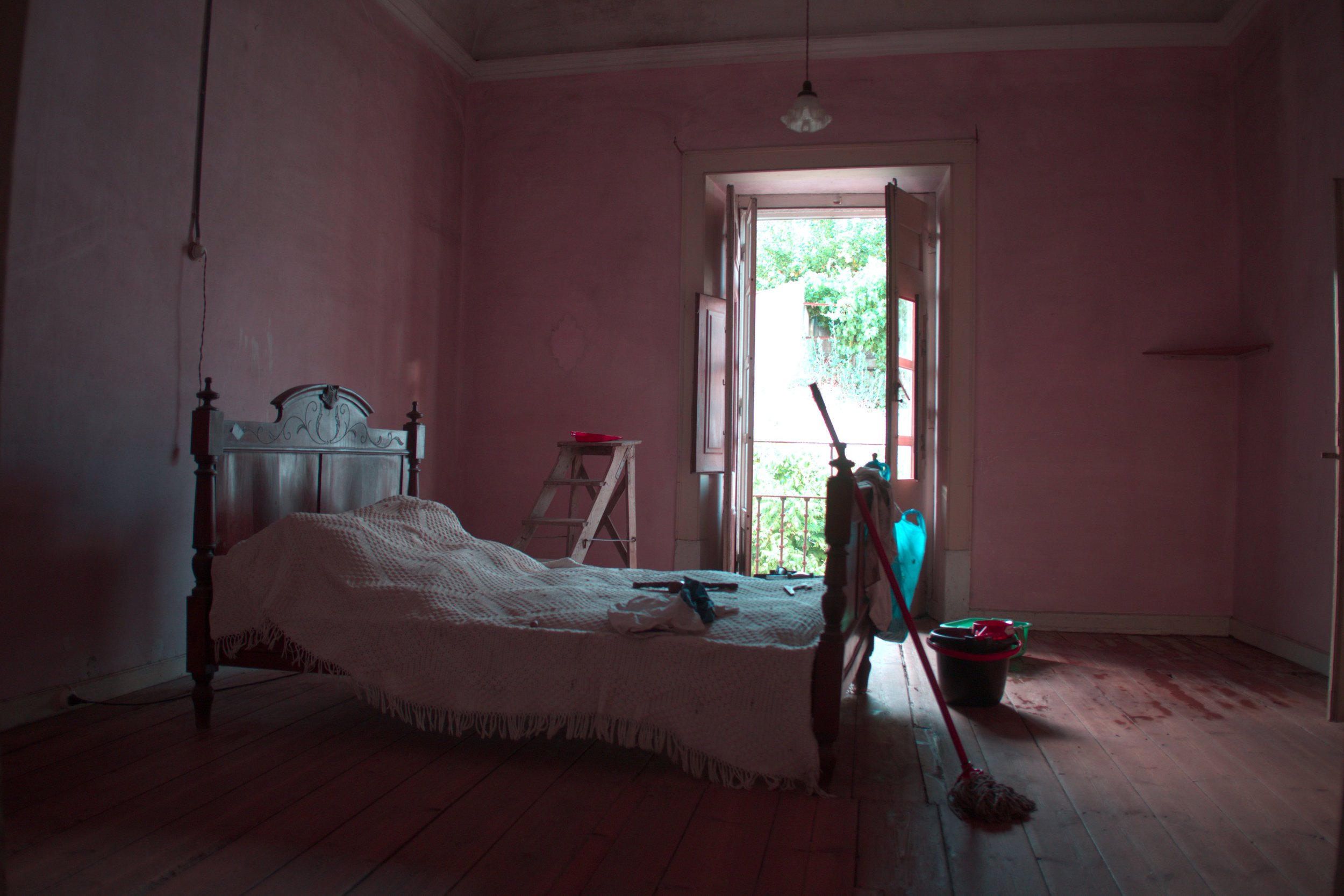
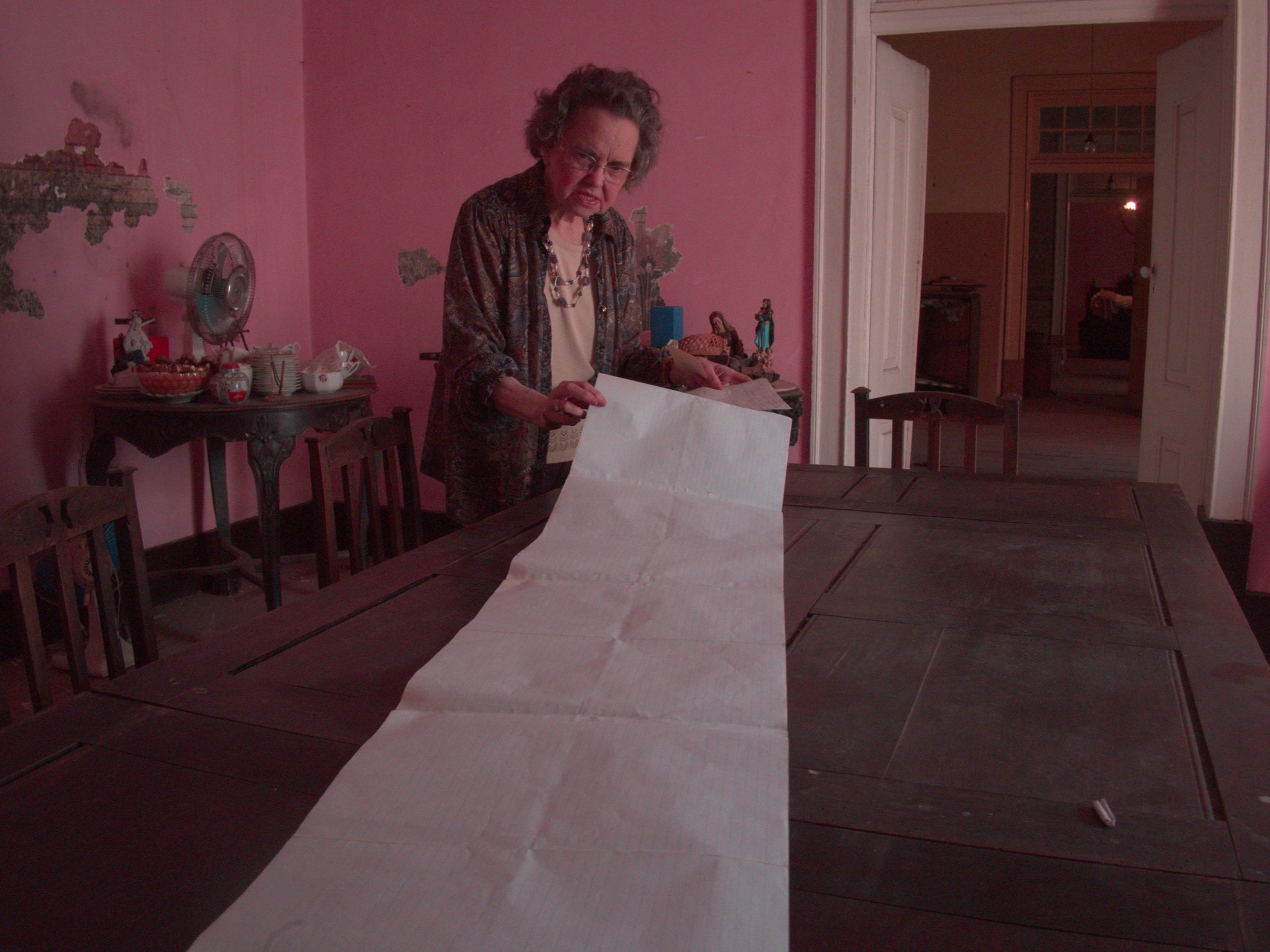
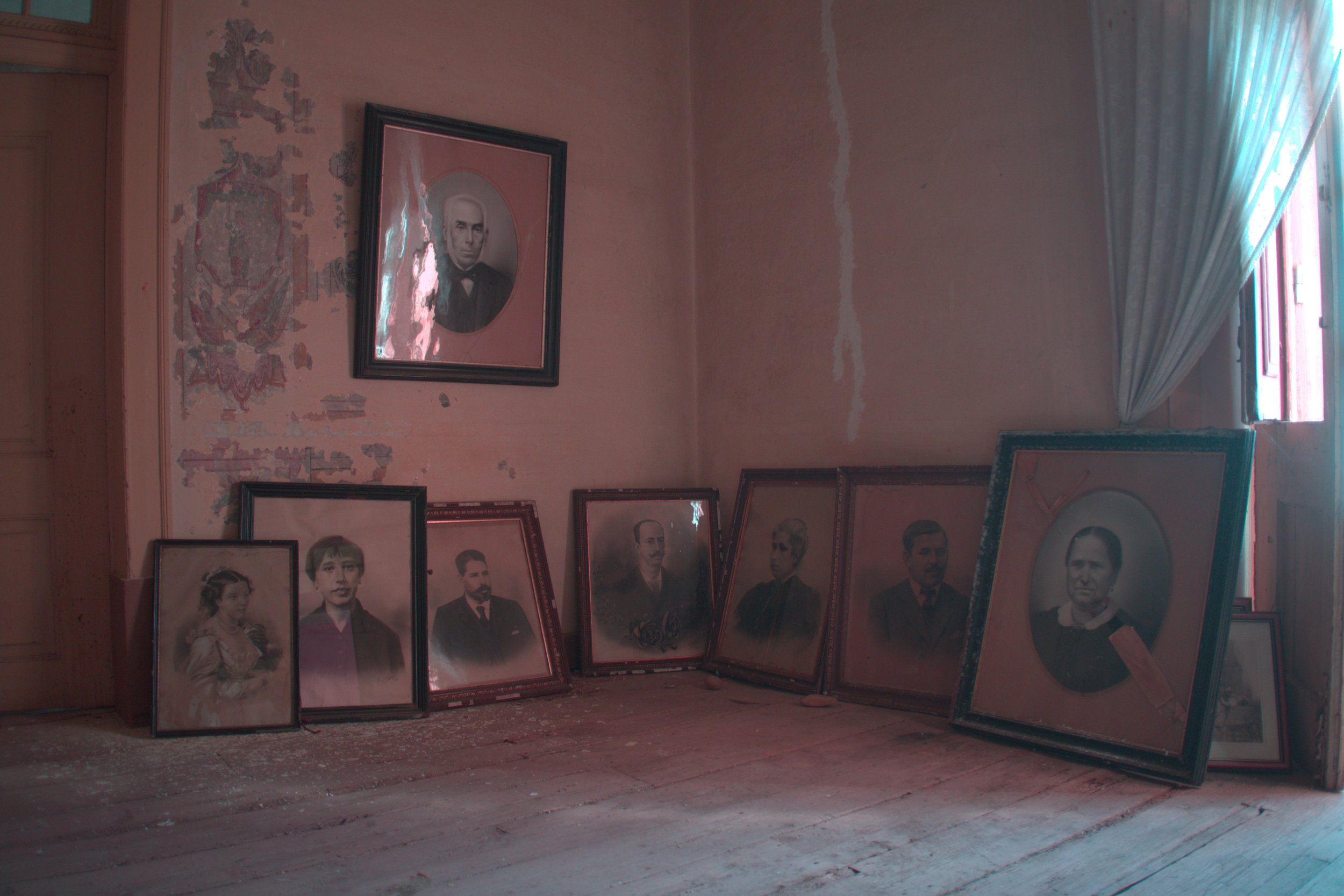
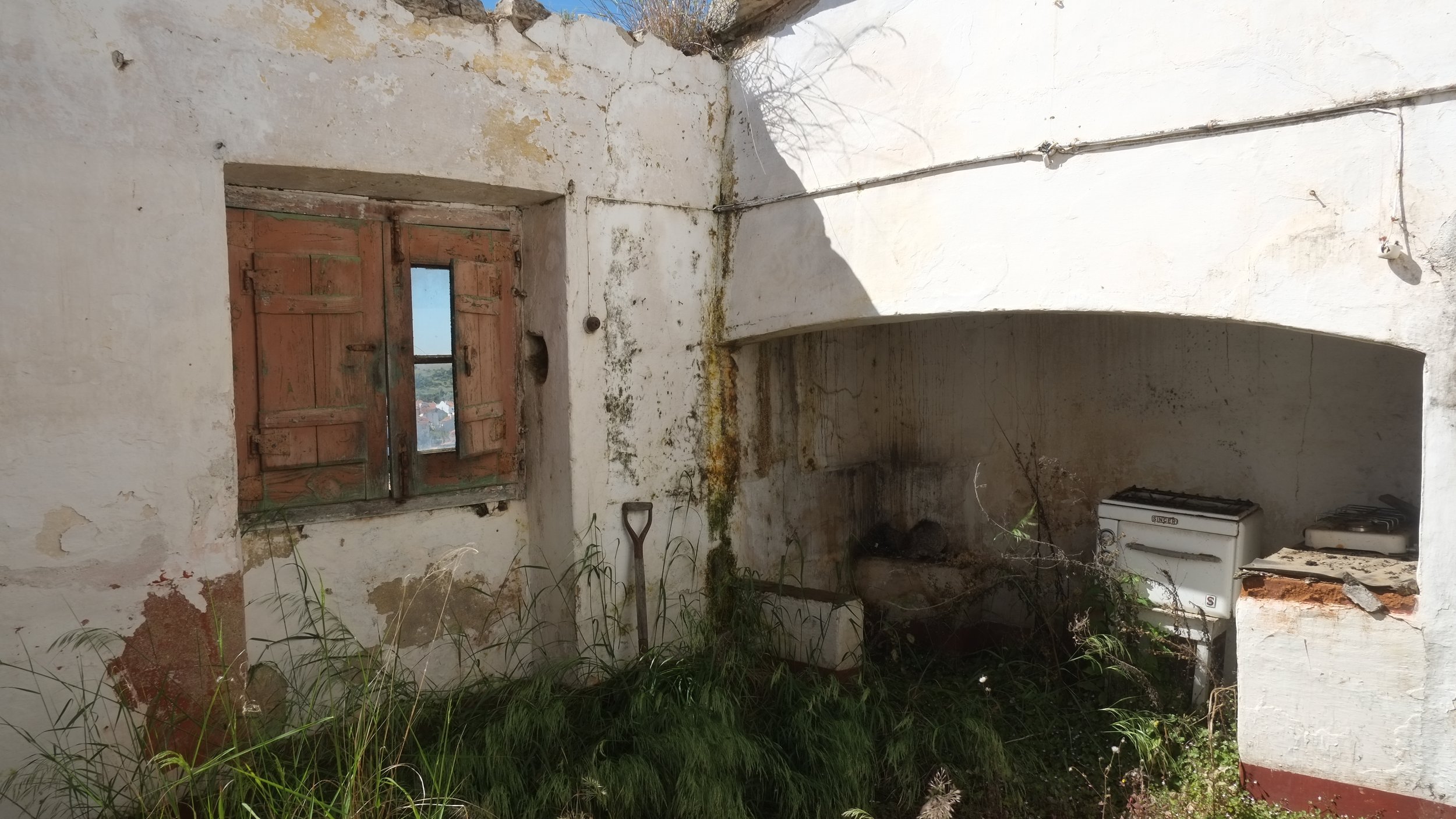
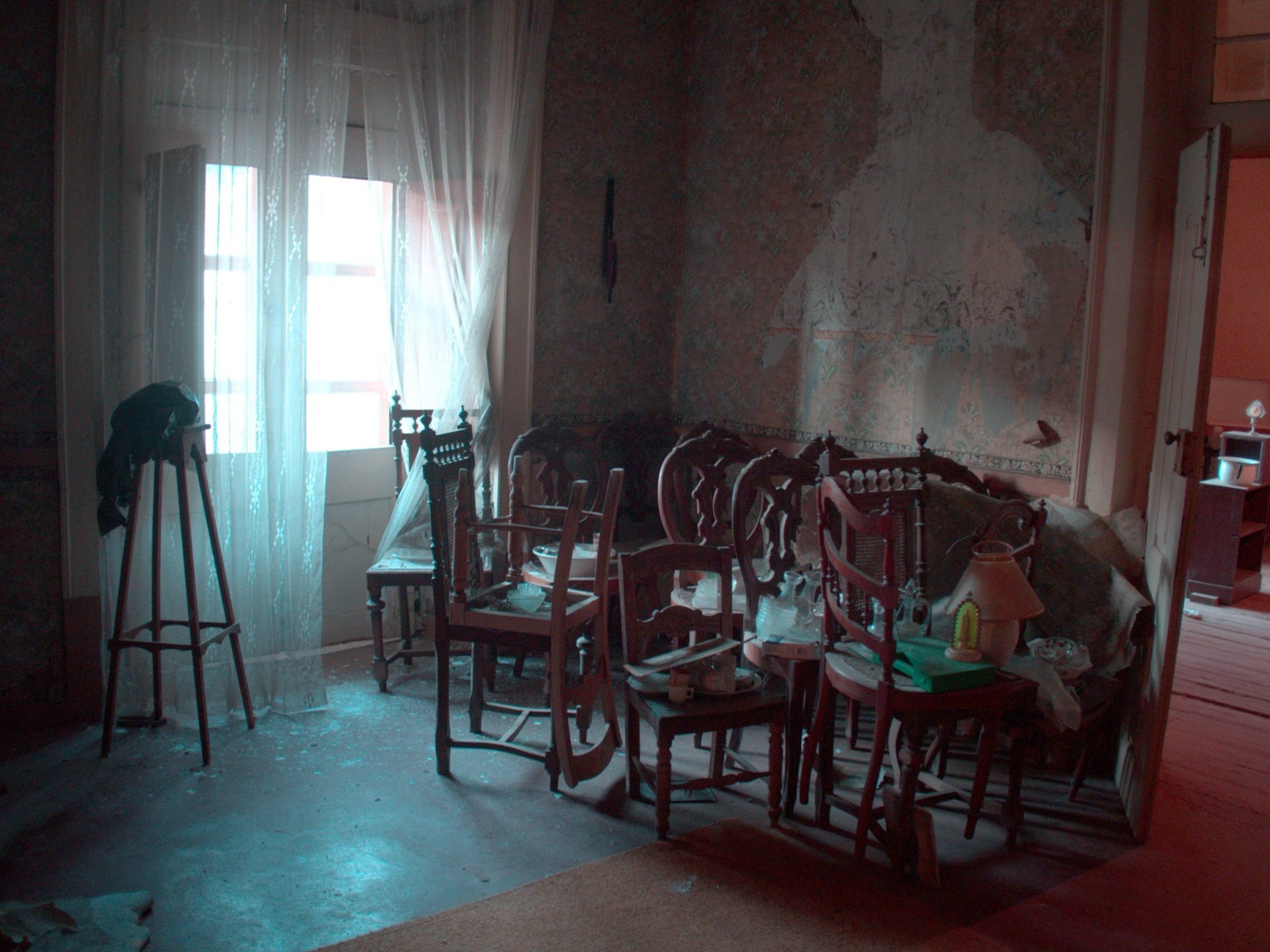
The House of the Córtexcult Cultural Association, according to José Borges in the book “Arraiolos revisitado a preta e Branco”, was located “On the most noble street in the village, called Melo Mexia, is this family's manor house, consisting of an elegant façade, from the end of the 18th century, but greatly benefited from the morgue of Arraiolos João de Melo Mexia, to receive the king D. Pedro V there in 1860.”

